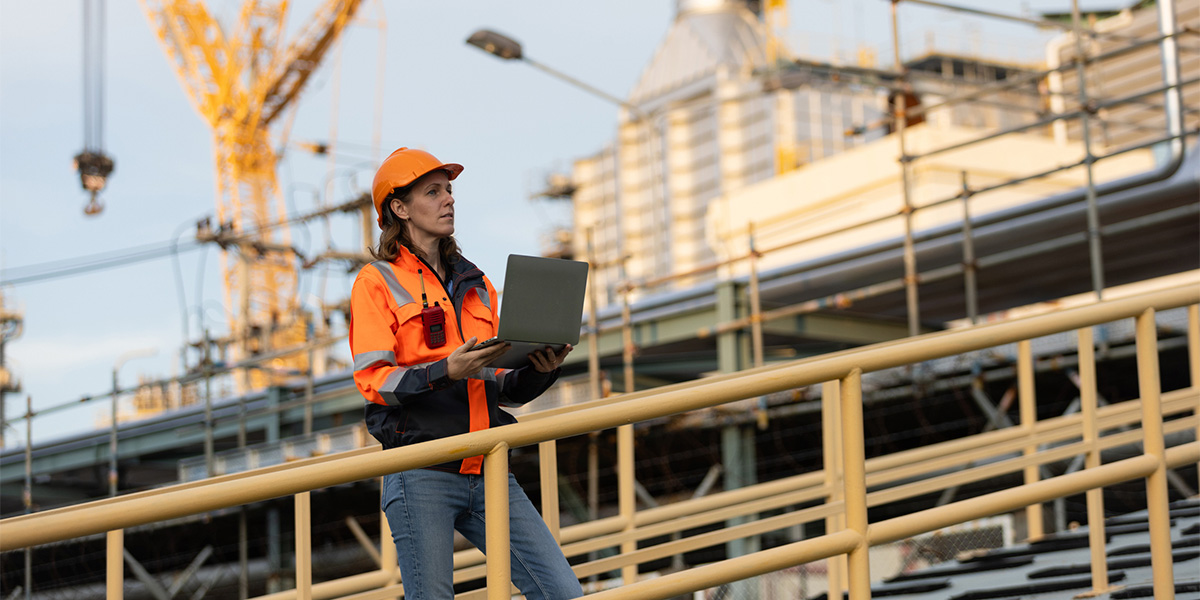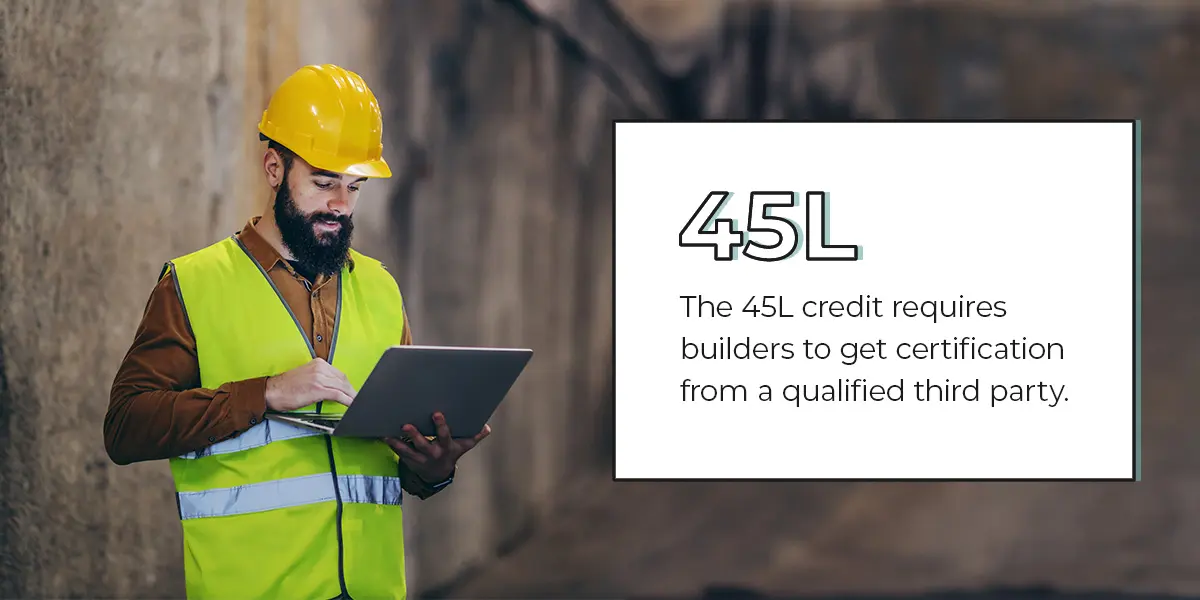
Have you recently been working on energy-efficient construction projects? If so, you may be able to leverage new construction tax credits that offer deductions based on energy efficiency. These tax credits offer an excellent way to ultimately save money when encountering unexpected cost management issues.
This guide explores how the new construction tax credits 179D and 45L work, their qualifications and how to maximize those deductions.
Planning innovative construction projects requires careful planning to avoid challenges like cost control issues, budget restraints and tight schedules. For successful project execution, it’s essential to understand construction cost management challenges and how to combat them.
Knowing how to manage construction costs effectively can help align cost prediction, analysis and control with delivering the construction project. Common issues might include:
While there are valuable solutions you can use to anticipate more accurate costs, you can also leverage special incentives to increase your return on investment — Section 179D and Section 45L tax credits.
These credits allow you to reduce tax payments based on energy-efficient features included in the construction building. To reap their benefits, you’ll need to ensure you follow the correct procedures and meet all the necessary requirements.
The 179D tax deductions are a per-square-foot taxable income deduction for commercial buildings using energy-efficient constructions and designs. The deduction is available to the owners of qualified commercial buildings. If the owner is a specified tax-exempt entity, the designer becomes eligible for the credit if all other criteria are met. These may include nonprofits or government entities, such as the following:
The new construction tax credits allow properties in service after January 1, 2023, to leverage a maximum deduction value of $1.00 per square foot, depending on the energy efficiency level. Properties in service before January 1, 2023, may earn deductions up to $1.80 per square foot (indexed for inflation annually) if the improvements to HVAC systems, lighting and building envelopes meet the right requirements.
You may need certification by a qualified third party to verify your compliance with energy savings criteria. Your improvements should meet the standards set by the American Society of Heating, Refrigerating and Air Conditioning Engineers (ASHRAE).
The IRS also states that building owners and designers should reduce power and energy costs by at least 25%.

This energy efficiency credit is a per-unit incentive that rewards developers for meeting specific energy efficiency benchmarks. For homes acquired in or after 2023, this may help eligible developers claim a $500-$5,000 credit per qualified dwelling unit when meeting energy efficiency standards. These may include requirements regarding ventilation, heating, cooling and building envelope components. Some properties that may qualify include:
Similar to the 179D tax incentive, the 45L credit requires builders to get certification from a qualified third party. This may be a licensed engineer or contractor who can perform tests to confirm whether the property meets energy-efficiency requirements. The building should meet ENERGY STAR® guidelines to qualify for the $2,500 tax threshold. To meet the $5,000 threshold, it should meet Zero Energy Ready Home requirements.
There are numerous factors to consider when maximizing your 179D energy-efficient tax deductions:
Maximizing 45L credits is typically easier than 179D credits. Make sure your certification includes on-site testing and computer modeling that assesses the energy efficiency of the dwelling units. You’ll also want to review all projects completed in the past three years. If any of them meet the qualification requirements, amend those tax credits.
If you’re planning to leverage this credit, it’s important to consider your budget and associated costs. Carefully plan which energy-saving designs and technologies you can afford and will implement. Check whether the potential return on investment through tax credits is worth the amount the project costs altogether.
Do you believe you qualify for a 179D or 45L tax deduction? Polston Tax is a full-service tax and accounting firm that offers advanced tax planning and tax resolution services. Our professionals have extensive knowledge of the latest tax laws and tax codes to assist companies in the construction and oil and gas industry where needed.
Rather than assigning one professional to your company, we take a team approach to ensure you have a crew of supportive professionals behind you. This team may consist of a case manager, tax attorney, tax preparer and accountant. We take the time to understand your business’s structure and situation. Doing so allows us to create tailored tax strategies with your company’s particular tax needs in mind.
Our knowledgeable tax professionals at Polston Tax are ready to assist you in improving your tax planning and maximizing tax savings. Even if you’re unsure whether you qualify, we can help you understand whether you do and how to maximize tax deductions where possible. All tax strategies and plan advice we offer are customized to your unique company and situation.
For assistance claiming 179D and 45L energy credits, contact our knowledgeable professionals for a free consultation today.
